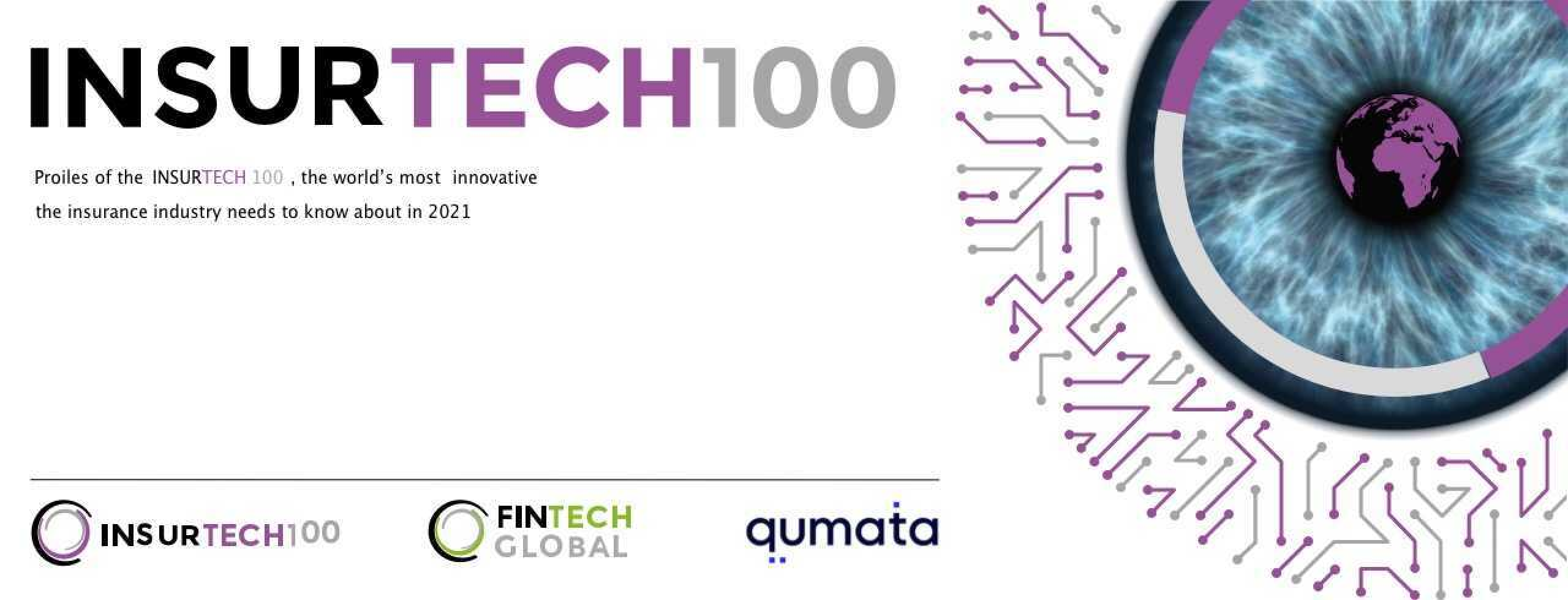Can digital data transform the customer journey in life and health insurance?

Is it a big birthday, a twinge in the back or maybe starting your first job that makes you think ‘I need life or health insurance’?
Once the consumer has had their lightbulb moment, it is, however, not a smooth path to getting covered.
Once the decision is made that insurance is needed, the right product and company to provide it needs to be found. This is mainly done via speaking to your local broker or going down the modern way of buying your insurance online.
Regardless of which way, be it through your broker or the world wide web, the digital world slips away from the 21st-century consumer as one has to complete analogue health assessment processes of questionnaires and/or doctors’ visits that often makes the buying experience cumbersome and slow.
In fact, a recent Munich Re study [1] has shown that the average duration of an underwriting process in Life Insurance is 52 days, with only 14% of applicants being able to buy the policy in 1 day.
With as negative a journey as that, it will come as no surprise that health and life insurers provide some of the lowest ranking customer experience (CX) in the industry [2].
However, a problem as big as this must surely offer opportunities for growth and improvement. And that’s where I believe digital can and increasingly will make the difference.
A recent Mckinsey report [3] has suggested three ingredients for a winning CX: simplified product design, streamlined cost base and a delightful customer journey. Can digital data help with some of these?
I would assume so as a delightful customer journey, leveraging digital data for health assessments will see the process cut down from days and weeks to less than 5 minutes. Secondly, speed will also bring with it cost savings which ultimately will make their way into the hands of customers. Oh, and did I mention that through using digital data, accuracy is increased significantly, and the whole process will reduce costs as it is a fully automated process?
Undoubtedly, we are at just at the start of this journey, a recent study by Willis Towers Watson [4] found that just 6% of the life industry is currently using data from wearables in underwriting, but this is set to jump to 38% over the next two years.
What is clear is that the life and health industry needs to invest in the customer journey. To see growth in the market, fight off the existential threat from tech giants and start-ups and fulfil its role in providing societally valuable cover, the industry can only benefit from embracing digital data, and I’m proud that Qumata is working at the heart of this mission.
-
[1] https://www.munichre.com/site/mruk-allfinanz/get/documents_E229861857/mruk/assets.uk.allfinanz/Documents/Publications/Thought-Leadership/Five-New-Business-Dashboards.pdf
-
[2] https://www.forrester.com/report/The+US+Health+Insurers+Customer+Experience+Index+2018/-/E-RES142622
-
[3] https://www.mckinsey.com/industries/financial-services/our-insights/transforming-life-insurance-with-design-thinking
-
[4] https://www.willistowerswatson.com/en-GB/Insights/2019/07/factors-driving-investment-in-predictive-analytics-competition-and-customer-centricity



